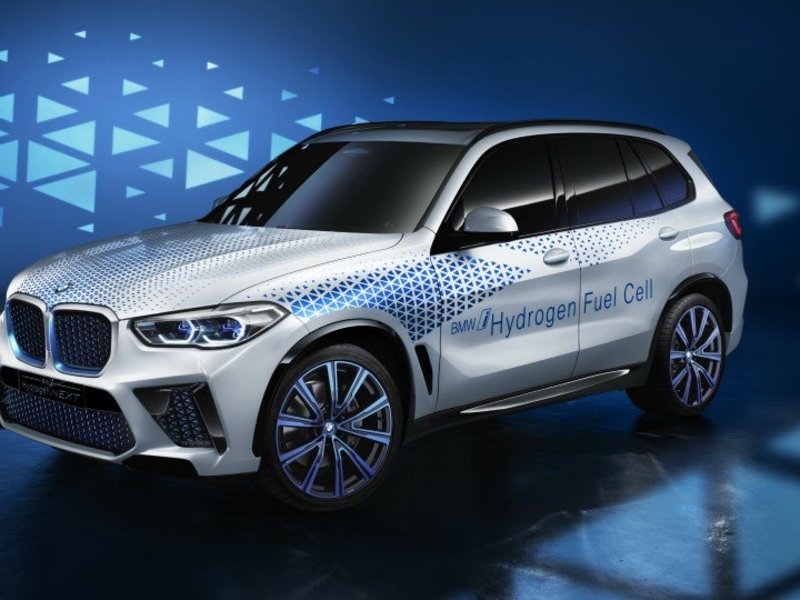
FRANKFURT — BMW revealed some details of the powertrain in an X5-based fuel cell vehicle that could go into small series production in 2022.
The automaker said it will continue to cooperate with Toyota Motor Corp. to roll out the technology in the second half of the decade, depending on market conditions.
“Hydrogen fuel cell propulsion can in the longer term become a fourth pillar in our drivetrain portfolio, in particular for the upper end of our X family,” BMW’s outgoing R&D chief Klaus Froehlich said in a statement Monday, referring to the brand’s SUV/crossover lineup.
BMW said the fuel cell stack of the BMW i Hydrogen NEXT, which is based on the X5, converts the 6 kg of stored compressed hydrogen gas fed from two 700-bar tanks into an output of 168 hp, with water vapor as a waste product.
The vehicle also has an additional battery housed above the electric motor, helping to provide additional performance, for example, when accelerating or overtaking other vehicles.
An electric converter beneath the fuel cell stack continuously adjusts voltage to the drivetrain and the battery. The latter is fed by recuperated brake energy and the fuel cell. Cumulative system output amounts to 368 hp.
Since 2015, BMW’s research arm has been testing a small fleet of prototype 5 Series GT hydrogen fuel cell vehicles powered by a jointly developed drive system with a Toyota fuel cell stack.
When the BMW i Hydrogen NEXT was first shown at the Frankfurt auto show in September, CEO Oliver Zipse said the company would be ready to launch the cars when the market demands it.
No infrastructure
Earlier this month, Froehlich emphasized that fuel cell vehicles were still a long way off from commercialization, however.
For now, infrastructure is not sufficient, the price remains at least twice as high as an equivalent battery electric vehicle and hydrogen supplies currently are not sustainable.
Since the hydrogen is not stable and therefore not found in nature, it must be extracted as a byproduct of splitting hydrocarbons found in fossil fuels. The only ecologically friendly method requires an enormous amount of electricity to break water into its constituent atoms, a process only feasible when there is sufficient excess green power such as wind or solar.
“Hydrogen fuel cell technology is roughly at the point where electromobility was 10 years ago,” Froehlich said.
Fuel cell electric vehicles have been touted as a possible solution to decarbonizing vehicle fleets as they emit only water vapor, can travel longer distances than electric vehicles and the vehicles — such as the BMW i Hydrogen NEXT — can be refueled in just three to four minutes.
There are only a small number of FCEV models on the market, including the Toyota Mirai, Honda Clarity and Hyundai Nexo.
Since last year, BMW rival Mercedes-Benz has also offered a very small number of GLC F-CELL crossovers exclusively as a full-service rental model, for example, via Mercedes-Benz Rent in one of seven outlets in Germany.